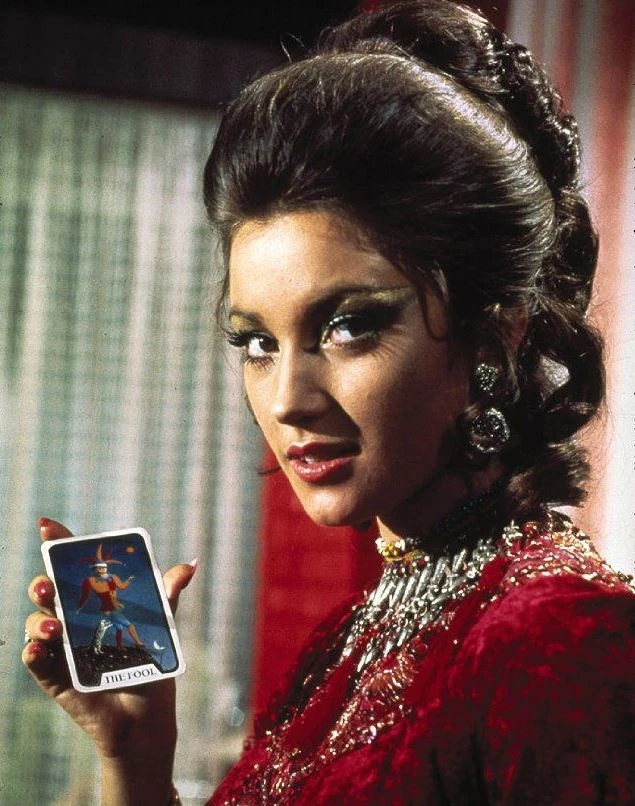For all my interest in the strange and unusual, I don’t have much experience with it. I’ve never been “intuitive” or “empathetic” or whatever else people call Colin Wilson’s Faculty X. I’ve never seen or experienced anything I can’t explain.
So what am I doing with all these tarot cards?

My parents got me my first deck as a birthday gift when I was in high school, a classic Rider Waite deck (which ought to be called the Rider-Waite-Smith deck). I suspect they had my grandmother’s help, she of the “Fate” magazine subscription with their eclectic back-page classifieds. Where else would one find such things before the internet put everything a only click away?
I was fascinated, in large part by the artwork. The Rider Waite might look a bit flat compared to some of the glossier decks out there (Dali, David Bowie, Dave McKean)* but the outlines are clear, the symbols easy to see. Still, I love variations on a theme so I’ve accumulated a couple more decks over the years.
I never tried to use them for divination, not seriously. Sure, I tried to memorize the meanings and learned a layout or two. But I don’t think I ever believed any of my results. Nothing ever seemed to pan out, even though the meanings were broad enough to interpret however I wanted.
But tarot are good for other things – specifically, shaking up the creative impulse.
Author and tarot designer Kris Waldherr‘s session at the Historical Novel Society conference was a compressed version of her extended tarot workshops, and the first time I’ve seen tarot presented as a tool for accessing and activating creativity. Cards can be used as inspiration, as story-structuring (the Major Arcana itself is a story cycle of major archetypes), casting character readings, and more.
But what I’ve found most useful is that the cards jog my right brain. The flexibility of interpretation invites me to make things up about any given card’s meaning or imagery. The symbols get me out of my plodding, linear thinking. Sometimes just looking at the artwork instead of words rests my mind long enough for something to float to the surface.
Asking them questions is useful as well. Never good for a simple “yes” or “no”, layouts help me get at ideas and answers that I already knew but couldn’t quite articulate.
So I view tarot as a less of an oracle** that works in mysterious ways and more as a tool to get at my subconscious.
Much as I love the pretty decks, I’ve found a version of the Rider Waite with meanings printed on the card so I don’t have to break off and look them up!
*Links to specific decks don’t imply endorsement, just personal interest.
**Fun fact: all tarot are oracle cards, but not all oracle cards are tarot. I found a John Dee oracle a while back that I ought to give another look, but one thing at a time.

